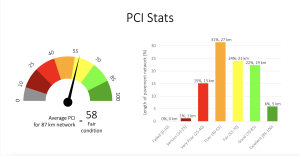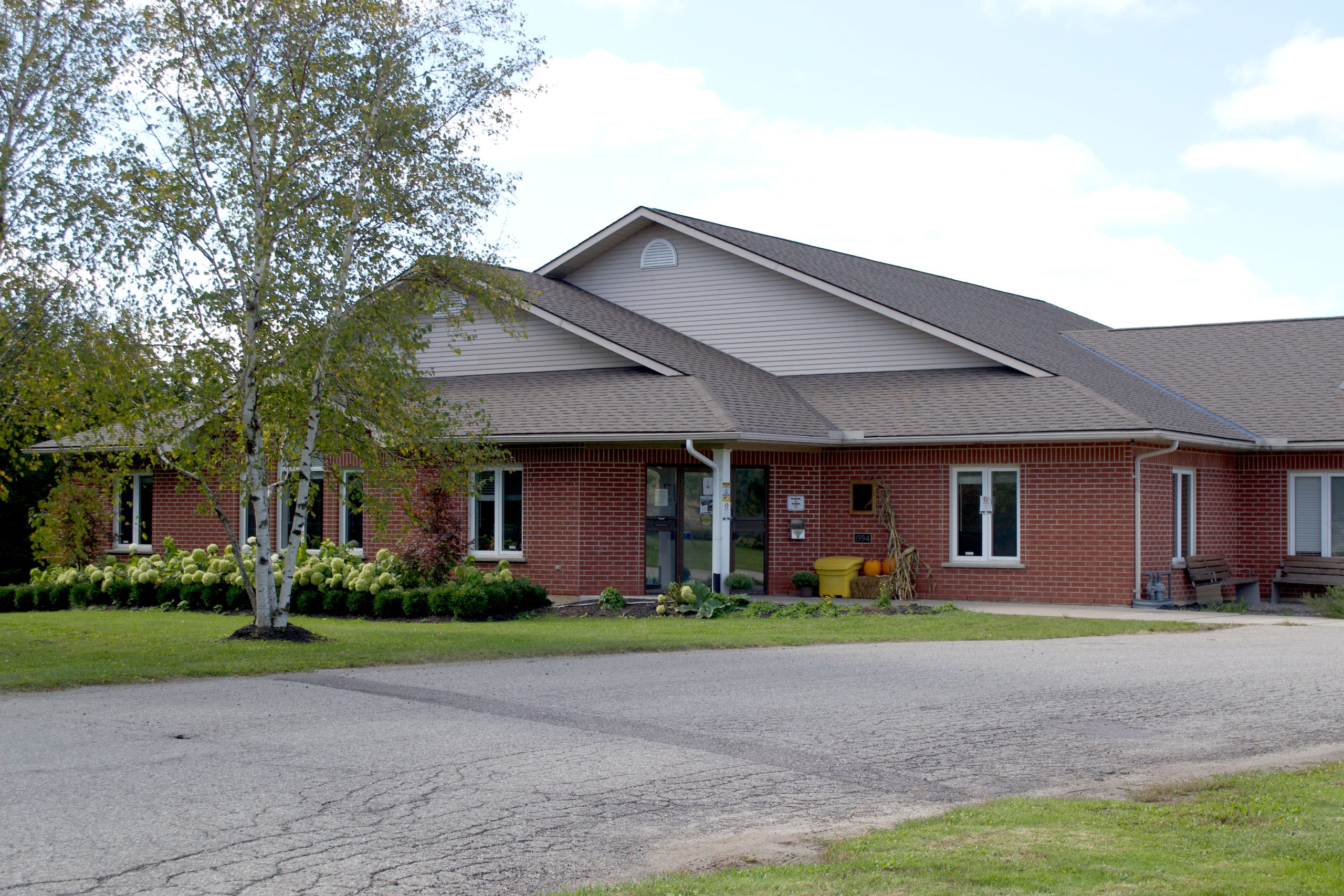ERIN – A recent study examining the condition of the Town of Erin’s paved roads found the number of roads identified to be in good condition was roughly the same number as those identified in poor condition.
The report, brought to council on April 14, showed the results of an assessment done by an automated scanning system – StreetScan.
In 2020 the town received funding from the Federation of Canadian Municipalities for $18,000 to complete vehicle-based road and sidewalk assessments, including the provision of asset management software.
The town contracted StreetScan to complete the vehicle-based road and sidewalk assessment for all the paved roads in the Town of Erin.
“This is an innovative idea that a few municipalities in Ontario and across Canada are doing which does an automated review of our road network,” Nick Colucci, the town’s director of infrastructure, explained to council.
The fieldwork was completed over a two-day period in August 2021 with the data analysis being completed later in the year, Colucci said.
“The data taken by the cameras are analyzed through a computer system and it analyzes for cracks, potholes, patches and categorizes each road based on a pavement condition index from zero to 100,” he explained.
“The [pavement condition index] (PCI) of our roads are 58 average so they’re not all bad but they’re on the lower end of the range.”
Colucci noted about half of the town’s roads are in good condition and the other half are in poor condition.

The pavement condition index identified Town of Erin roads to be fairly split in terms of paved roads found to be in good versus poor condition. Erin council agenda image
He said staff can now use the data collected to determine where focus needs to be placed during budgeting time.
Staff is currently undergoing software training to utilize the data in the asset management plan and future operating and capital budgets.
The information provided in the report will be used to prioritize operating budgets for additional studies and routine maintenance and capital budgets for bridge and culvert repairs, rehabilitation and replacement.
“We could do things like if we want to maintain 58 PCI, how much money do we need to spend?” Colucci explained.
“If we want to increase the PCI of our average roads to say 80, how much money do we need to spend?”
He added the information will also allow staff to prioritize roads needing repairs in conjunction with the wastewater system.
“So if we’re going to be digging up a road for wastewater, we actually want to be digging up roads we need to dig up first instead of digging up good roads,” he said.




